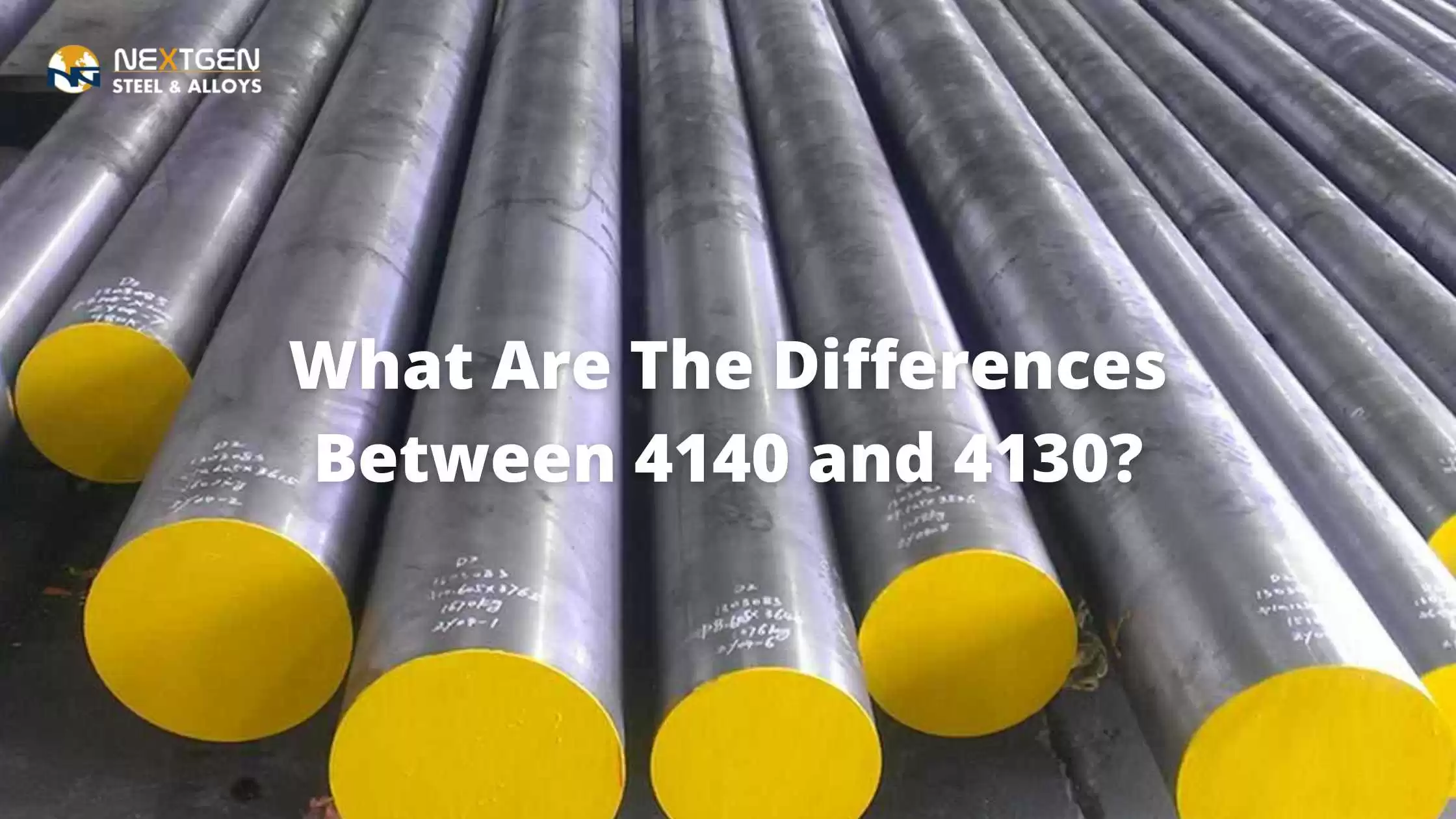What Are 4140 and 4130?
4140- With a maximum carbon content of 0.38% to 0.43% and other components like silicon, manganese, phosphorus, sulfur, chromium, and molybdenum, 4140 steel is a type of Chromoly steel. Low alloy steel is used. But it is robust, sturdy, and workable.
4130- With a maximum carbon percentage of 0.28% to 0.33%, 4130 steel is an alloy of steel that also includes manganese, phosphorus, sulfur, silicon, chromium, and molybdenum. It is low alloy steel as well. It is, nevertheless, sturdy, weldable, and machinable.
Applications of 4140 and 4130
4140- The qualities of AISI 4140 Round Bars make them useful in a variety of sectors. Some of its uses include the production of crankshafts, gears, sprockets, and other components.
4130- When 4130 steel is used in fabrication processes like milling and welding, many different products can be created. Currently, it plays a significant role in the automotive sector and is used to make tools like cutting tools, drill bits, and gears.
Difference Between 4140 and 4130
The difference between the 4140 and 4130 comparisons is primarily based on how the two variants are put together. The elemental makeup is the same for both variations. Whereas 4130 has 0-28%-0.33% carbon while 4140 has 0.38%-0.43%, the amount of carbon is different. This differentiation is accountable for the varied features produced by the variants.
4140 steel is more hardenable and strong than 4130 steel due to its higher carbon content. 4140 is typically a superior material to employ for billet machined components where discontinuities and variations in section, as well as thicker overall sections, are present due to its deeper hardening characteristics. Because of this, 4140 is frequently easier to get and more affordable in bar and plate forms, whereas 4130 is easier to find in AISI 4130 Round Bars and sheet forms.
The original machined 4140 steel fabrication element that is generally available has a better probability of being hardened (to the normalized level) if there is no subsequent heat treatment than while using 4130 steel. If mixed with other Chromoly alloys with a similar carbon concentration, such as other 4140 pieces, or components manufactured from 4340, etc., 4140 has the potential to produce a significantly stronger part. Except for a possible reduction in weldability, the use of 4140 in a combination weldment is neither prohibited nor diminished. However, the majority of fabricators won’t experience any issues with good welding techniques, pre and post-heat operations, and adequate welding rod selection.
Depending on the type of steel being used, 4130 N will have a yield strength ranging from 60 to 75 ksi; cold drawn seamless tubing will be closer to the 75 ksi mark, while hot rolled bars and plates will be closer to the 60 ksi mark. The 4140 N bars and plates, on the other hand, will be closer to 100ksi. Additionally, the 4140 N has slightly superior machinability than the 4130 N. Not as soft as the 4130 is the tougher 4140.

